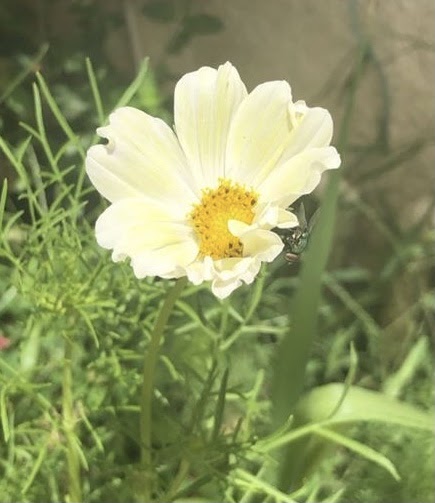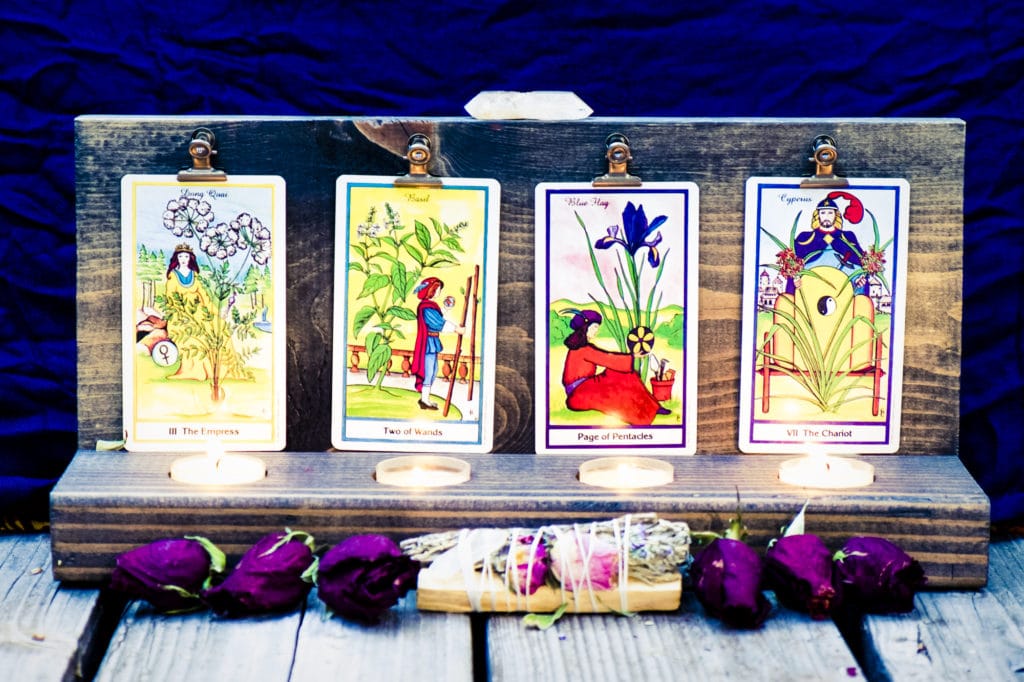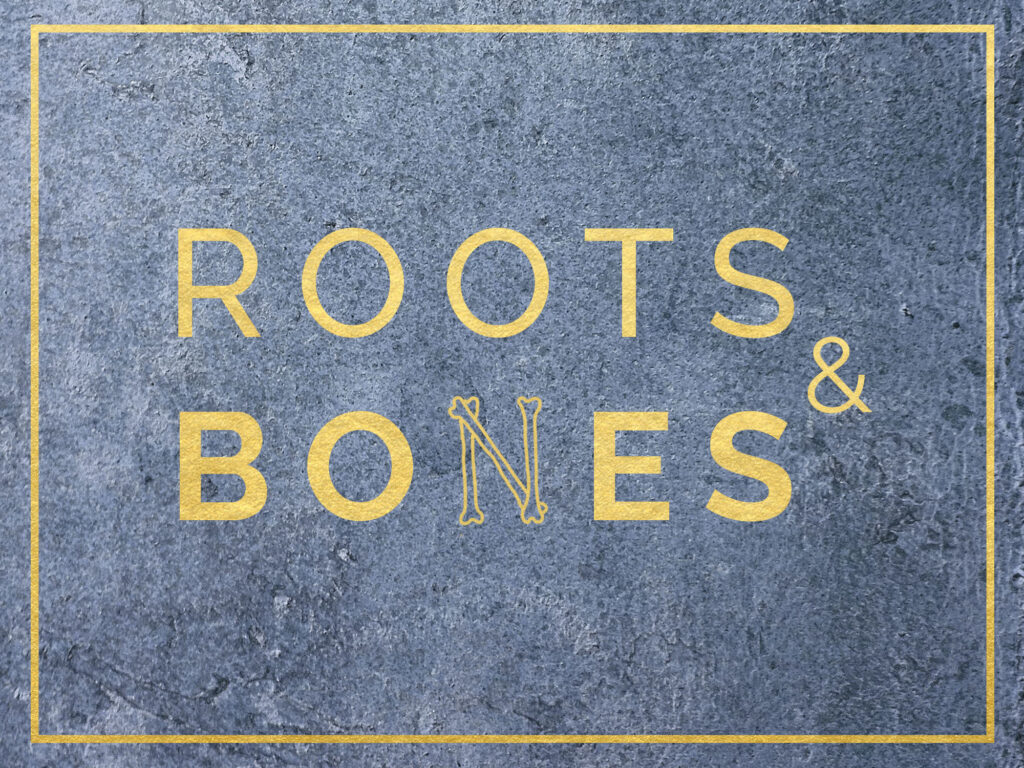Reckoning to Reconstruction
Last month, the column covered a small first take of an honest history of healers and witches with ancestral veneration as a compass for our journey. Building altars is a practice rooted in many spiritualities from Catholic observance of the body of Christ as holy communion and the magic of transfiguration to the African traditions, some of whose Orishas were humans or walked as humans at some point (though not all). For more on African traditions see Ehime Ora, an orisha priestess, Iyalorisa of Sango of Isese Ifa tradition.
As we look back to honor our past with grace and honesty, we look forward to a world for future generations. What kind of ancestors will we be? And what world will we create for the ancestors who will come after us to steward the land?

Don’t reinvent the wheel. Literally.
Looking forward can be a weary and daunting process. Audre Lorde wrote “To refuse to participate in the shaping of our future is to give it up. Do not be misled into passivity either by false security (they don’t mean me) or by despair (there’s nothing we can do). Each of us must find our work and do it. Militancy no longer means guns at high noon, if it ever did. It means actively working for change, sometimes in the absence of any surety that change is coming. It means doing the unromantic and tedious work necessary to forge meaningful coalitions, and it means recognizing which coalitions are possible and which coalitions are not. It means knowing that coalition, like unity, means the coming together of whole, self-actualized human beings, focused and believing, not fragmented automatons marching to a prescribed step. It means fighting despair.”
Recognizing the coalitions, tribes, and nations that have been on this land before it was the US and peoples who were stolen from other continents and enslaved here who built coalition is an important first step. These are the leaders we look to in the past and now; the saints that have walked and continue to walk among us. A reminder that many academic and research bodies are institutional oppression. We can look both to the first hand accounts of surviving native members and to the rise of studies in academia that make space for indigenous knowledge such as ethnobotany. It is important to note that certain structures cannot be decolonized such as voting or academia. The systems which are built as extensions of racial and patriarchal capitalism have to be dismantled, indigenous people must be allowed to steward the land. Our current system has led to scarcity and mass waste: A broken record, a time loop, a spell gone sour, a snake that consumes itself. There are serious ecological consequences our generation and the next generation will have to face if we do not accept this truth.
A look first to the voices in the echoes of the past, an 1889 American Anthropologist Article describes log houses, trails, and fishing systems as part of complex societies established by native peoples. Indigenous people had complex communal social and administrative structures that are well documented in institutional research.
What institutions are discovering is we can use technology to sustainably move forward toward decolonization. Decolonization does not mean a return to the stone age. GJ Martin writes “Ethnoecology has blossomed in recent years into an important science because of the realization that the vast body of knowledge contained in both indigenous and folk cultures is being rapidly lost as natural ecosystems and cultures are being destroyed.”

What institutions are stumbling on is indigenous people had rituals and infrastructure based on the ecology of the land which fostered biodiversity, nutrient rich food, and sustained and worked in tandem with ecosystems to maximize efficiency and survival of all members of a population. A sacred and magical relationship I with the land, water filtration and herbal medicine; truly the first witches and healers. Trails and trade definitely tell tales of conflict and conquest, that is not to say the past is an idyllic utopia. It is rather a compass, a calibrating, deprogramming on which our survival depends.
So what?
Here and now, many Black and Indigenous people are doing what many lineages have has always done which is steward the land and honor those living on it. From California to New York, BIPOC (Black, Indigenous, and People of Color) are creating ritual and change through a relationship with the earth. In Petersberg, New York, Soul Fire Farm “is an Afro-Indigenous centered community farm committed to uprooting racism and seeding sovereignty in the food system.” Cofounder and farm manager, Leah Penniman said in an interview with Now This that, “we need to reimagine what our economy looks like without trashing the planet.” Soul Fire Farm employs the science of ethnobotany and can grow without pesticides as their practices mimic the patterns of the forest through crops in high tunnels and through regenerative farm practices. These practices allow pests to build up and when it is time to weed old crops and the soil is low on nutrients let chickens in the hoop houses making up tunnels for the winter to eat the pests and fertilize the soil and grow on it all over again. Even the ways practices allow for carbon to stay in the soil to support crops instead of being released into the atmosphere is part of this science.
This is a part of the reckoning and reconstruction, taking a hard look at how we honor ancestors and our craft by honoring the earth and the plants, the sacred and the endangered.
Arieana Castellanos
In California’s Bay Area, Native American people of the Ohlone tribe have set up the Sagorea Te’ Land Trust to support rematriation of the land and through donations of campaigns such as voluntary land tax have set up community gardens to grow food and allow Indigenous people access to traditional plant life including for medicinal and spiritual uses. In many Indigenous cultures, the moon had significance related to farming rituals and harvest cycles. Magic, farming, and caring for the land has always come together in memories the land holds which are not so distant. Memories locked within and around us.

Destined for Change
There are parallel universes of radical change and complicit comfort converging, we must change or be consumed, like the tower tarot card – it is truly in the cards and written on the walls for us to see.

This is a part of the reckoning and reconstruction, taking a hard look at how we honor ancestors and our craft by honoring the earth and the plants, the sacred and the endangered.
Each of us has been taught or has constructed our own rituals in our life from the routine daily tasks to the profound spiritual practices. As we collectively learn the rituals of the land and build new ones for a new world, we must release our attachments to the lower vibrations, and lean into the frequency of the land we are on.






